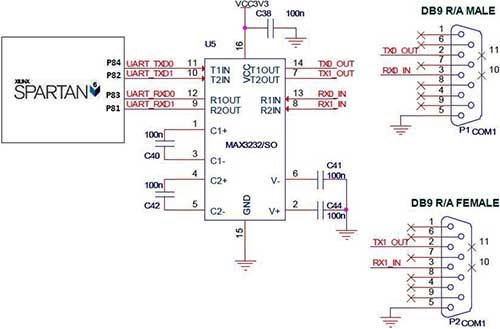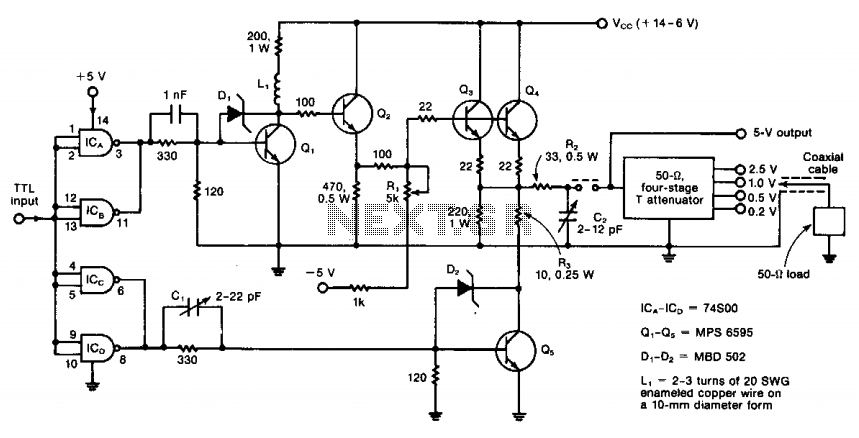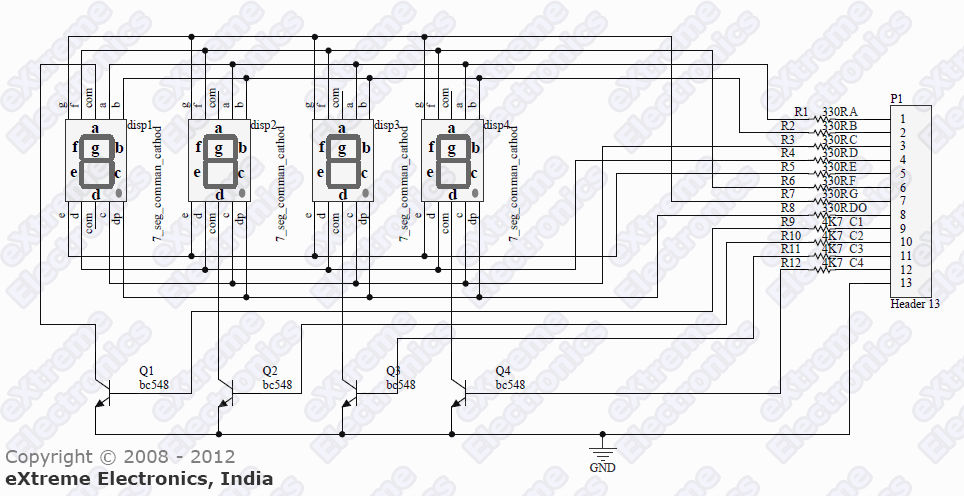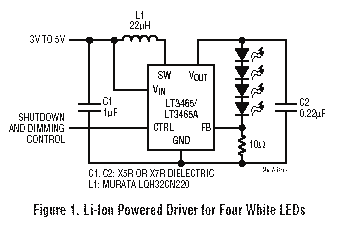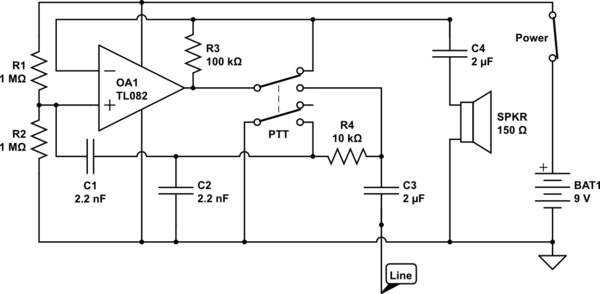
Some thoughts on DC/DC converters part five

Chapter 4, part five of a five-part series titled "Some Thoughts on DC/DC Converters," authored by the late Jim Williams and Brian Huffman, is included in Volume II of the book "Analog Circuit Design-- Immersion in the Black Art of Analog Design," edited by Bob Dobkin and the late Jim Williams, published by Elsevier/Newnes.
This chapter presents an in-depth exploration of DC/DC converters, which are essential components in modern electronic circuitry, enabling the conversion of direct current (DC) from one voltage level to another. The discussion covers various topologies, including buck, boost, and buck-boost converters, each with distinct operational principles and applications.
Buck converters step down voltage, making them ideal for battery-powered devices where efficient power management is crucial. Boost converters, on the other hand, increase voltage, which is beneficial in applications requiring higher voltage from a lower voltage source. Buck-boost converters combine the features of both, offering flexibility in voltage regulation.
The chapter emphasizes the importance of efficiency in DC/DC converter design, with particular attention given to minimizing power losses through careful selection of components such as inductors, capacitors, and switching elements. The authors provide insights into the trade-offs involved in choosing between different converter designs, including factors such as output ripple, load regulation, and transient response.
Additionally, the chapter discusses the role of control techniques in enhancing converter performance, including voltage mode control and current mode control, which help in achieving stable operation across varying load conditions. The authors also highlight practical considerations in layout design, thermal management, and component placement to ensure reliability and performance in real-world applications.
Overall, this chapter serves as a comprehensive resource for engineers and designers seeking to deepen their understanding of DC/DC converters and their implementation in analog circuit design.The following is Chapter 4, part five of a five part series ""Some thoughts on DC/DC converters"" by the late Jim Williams and Brian Huffman from Linear Technology`s Volume II book entitled, ""Analog Circuit Design-- Immersion in the Black Art of analog design"" by Bob Dobkin and the late-Jim Williams published by Elsevier/Newnes.. 🔗 External reference
This chapter presents an in-depth exploration of DC/DC converters, which are essential components in modern electronic circuitry, enabling the conversion of direct current (DC) from one voltage level to another. The discussion covers various topologies, including buck, boost, and buck-boost converters, each with distinct operational principles and applications.
Buck converters step down voltage, making them ideal for battery-powered devices where efficient power management is crucial. Boost converters, on the other hand, increase voltage, which is beneficial in applications requiring higher voltage from a lower voltage source. Buck-boost converters combine the features of both, offering flexibility in voltage regulation.
The chapter emphasizes the importance of efficiency in DC/DC converter design, with particular attention given to minimizing power losses through careful selection of components such as inductors, capacitors, and switching elements. The authors provide insights into the trade-offs involved in choosing between different converter designs, including factors such as output ripple, load regulation, and transient response.
Additionally, the chapter discusses the role of control techniques in enhancing converter performance, including voltage mode control and current mode control, which help in achieving stable operation across varying load conditions. The authors also highlight practical considerations in layout design, thermal management, and component placement to ensure reliability and performance in real-world applications.
Overall, this chapter serves as a comprehensive resource for engineers and designers seeking to deepen their understanding of DC/DC converters and their implementation in analog circuit design.The following is Chapter 4, part five of a five part series ""Some thoughts on DC/DC converters"" by the late Jim Williams and Brian Huffman from Linear Technology`s Volume II book entitled, ""Analog Circuit Design-- Immersion in the Black Art of analog design"" by Bob Dobkin and the late-Jim Williams published by Elsevier/Newnes.. 🔗 External reference
